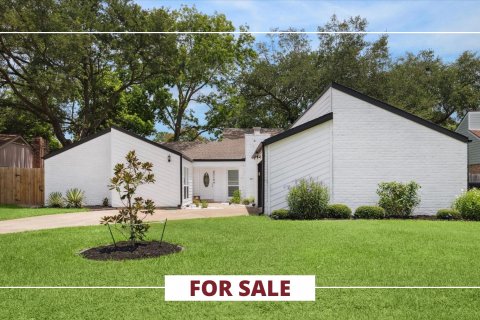Patronage has doubled since the new Walmart library opened its doors.
In the third and final installment of her road trip series, Houston artist, writer and activist Mary Margaret Hansen takes to the highways, accompanied by Rome Prize-painter Earl Staley to seek an answer about life on the border of Texas and Mexico.
From Falcon Lake, we drove eastward toward Roma, Texas, a tiny border town renowned in the mid 19th-century as a prosperous river port, and now, as with San Ygnacio, a National Historic Landmark. In Roma’s early days, families from both sides of the Rio Grande kept close social and economic ties, and the river was the method of transport for goods from as far away as New Orleans.
As we entered Roma, Texas, I thought again of our trip to Roma, Italy, one year ago. As I wondered if there was any comparison to be made between the two Romas, it occurred to me that the 2,000-year-old Pantheon and the small well-crafted sandstone and brick buildings before us, both speak to human aspirations and tenacity. That was enough to connect the two Romas.
Again, we carried Gerald Moorhead’s weighty tome as we surveyed Roma’s earliest commercial buildings, the work of German master builder Heinrich Portscheller, whose own handiwork appears on the finer brickwork details. Our favorites were the Jose Nestor Saenz Store, dated 1884, with doors flanked by Doric pilasters and the Manuel Guerra Store, that once held iron balconies, creating, according to Moorhead, “a fusion of northern Mexico and New Orleans.” Indeed.
On the bluff overlooking the Rio Grande, there is a sign that reads, “Birder’s Paradise” with the caveat that 515 species have been recorded in the lower Rio Grande Valley. Roma, Texas and environs is one of the great birding areas in North America. I wonder how “the Wall” will effect habitat for migrating birds.
At last we are satiated with architecture and drive on to McAllen, Hidalgo County’s largest city, a town that sought success and wealth in the early days of the 20th-century. It continues as a prosperous business-oriented city, and we could feel its bustle.
Our immediate destination was McAllen’s landmark Casa de Palmas Renaissance. This historic hotel, with an entrance flanked by palms and intimate courtyards, opened its doors in 1918. The hotel bar served a decent margarita, yummy crab cakes, and a weirdly wonderful red grapefruit pie. I was unsuccessful in obtaining the pie recipe, but an answer to our question about The Wall was forthcoming.
“Crazy. Way too costly and just doesn’t make sense.”
McAllen is a Texas town with unexpected treasures. We spent several magical hours at Quinta Mazatlan. Once a private domain, and now owned by the city, the place has been transformed into an urban birding habitat with meandering trails and a children’s nature discovery center.
Quinta Mazatlan’s large Spanish revival-style adobe house, built in 1935 by Jason and Martha Mathews, is wondrous. Its rooms are gracious, with high ceilings and blue patterned tiles around doors and windows. We encountered a quinceañera photo shoot in the Grand Hall, and we had to agree that Quinta Mazatlan is a perfect backdrop, and deserving of the Texas Historical Marker awarded it in 1985.
There is one room at Quinta Mazatlan unlike the others — an explosion of hot pink, purple and orange with a myriad of detail. Earl and I were enchanted with this space that overflows with Ann Maddox Moore’s collection of Mexican folk art. The walls and ceiling are a mass of vignettes with Virgins of Guadalupe, carved and painted animals, Last Suppers, cathedrals, skeletons, devils, beaded snakes, and mermaids.
While visiting Quinta Mazatlan’s nature center, we struck up a conversation with Carol Goolsby, environment education supervisor and passionate advocate for the much-diminished natural world of the Rio Grande Valley. We learned that in the valley, four ecological habitats bump up against one another — a temperate forest, the tropics, desert, and coastal plain. Ecologists consider the valley to be one of the most biologically rich regions in the U.S.
Sadly, in 2017, a puny three percent of this land remains in its natural form. There is little of the thorny brush that protects the ocelot and other endangered species. Arturo Longoria’s Adios to the Brushlands lays it all out in beautifully crafted prose. And yes, it really matters when we plant native species in our gardens.
Somehow with this admonition to become part of a botanical Noah’s Ark, we find it easy to ask about the impact of The Wall. We hear a plea for accommodation between ecological preservation and the national agenda. Once again D.C. feels very far away from this rich ecological environment of which Texans are rightly proud and wish to protect.
McAllen offers another treasure, this time in a former big box Walmart. In 2011, the city opened the doors of the new award-winning McAllen Public Library in the old Walmart building. This is now the largest single story library in the United States, with over 356,794 volumes just waiting to be checked out.
We walked through the library’s open spaces, each marked by colorful seating and signage. A series of glassed-in meeting rooms with video-conferencing capabilities were all in use. Library patrons lingered in the coffee café and focused on screens in a large open computer lab. McAllenites love their library and patronage has doubled. We love it too.
At the end of the day, we head toward Salt, a sun-filled restaurant near the hotel. We’d made early reservations and found the place already busy with early diners. Salt’s owners, Jessica and Larry Delgado, cook with local ingredients and we couldn’t have asked for a better repast. Salads were delectable, a combination of heirloom tomatoes, bits of dried figs, cucumber, and delicate greens. Earl discovered rabbit on the menu and after the first bite, he declared South Texas rabbit as fine as rabbit eaten in that small trattoria off Campo de Fiori in Roma, Italy.
One last destination lured us eastward to Brownsville. Artist Jose Solis had given us an introduction to Mark Clark, painter and owner of Galeria 409, saying, “Mark knows every artist in South Texas.” After retiring from 22 years at the Smithsonian in a curatorial position at the National Museum of the American Indian, Clark bought the second oldest building in downtown Brownsville, transforming the first floor into an art gallery and the second floor into studio and living space.
We were swept away by the energy of Clark’s paintings. Intricate design and colors leap from his canvases. He paints Aztecs, gang members, and cultural icons, all in tightly interwoven patterns, all pulsing with life. Mesmerizing. Clark exhibits his paintings in groups – much like quilt patchwork. Each painting interlocks with the next, and the next. We longed to bring one of his paintings back home to Houston in the truck of our car.
As Clark grilled lunch on a Mexican hibachi, he spoke laconically about The Wall put in place during the Bush administration. He says it messes with his view of the Rio Grande. And no, it will not stop anyone who is desperate to cross this border.
In late March, Senator John Cornyn toured the Rio Grande with a group of South Texas mayors. He noted that folks often forget the advantages of our proximity to Mexico; six million U.S. jobs depend on bi-national trade. McAllen Mayor Jim Darling added that the river is drinking water for over three million people and is used to irrigate thousands of acres of agriculture on both sides of the border.
As for The Wall, Cornyn reiterated, “There’s part of our border where it makes absolutely no sense.”
After days of traveling the border from Laredo to Brownsville, standing on bluffs overlooking the Rio Grande, and sharing conversations with those we met along the way, we wholeheartedly agree with the Senator. The Wall will not do the job for which it is intended, largely because it is an arbitrary construct, visualized without context, and very much at odds with the centuries-old interconnections that define the people who live on both sides of the river.
We suspect that Texans who live along Rio Grande border will become the voice that calls out this sense of disconnect. Might it be that The Wall of concrete will remain a metaphor, and faraway Washington may begin to posit a virtual wall?
On the highway headed back to Houston, we pass through the border checkpoint at Encino, look at one another and agree that on this road trip to South Texas, we found an answer to our question about The Wall.




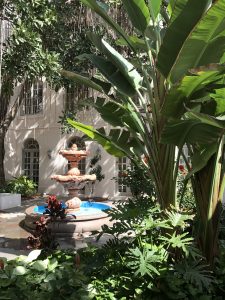


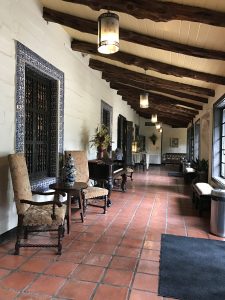




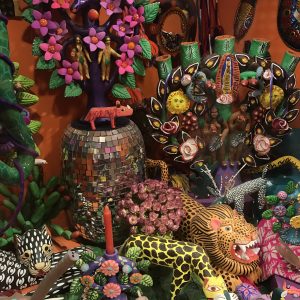

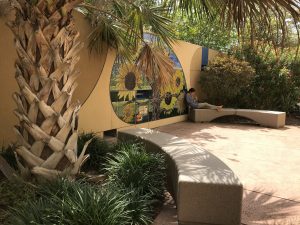


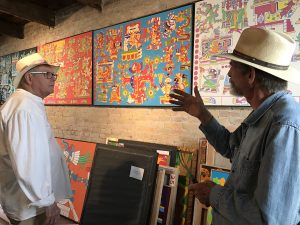





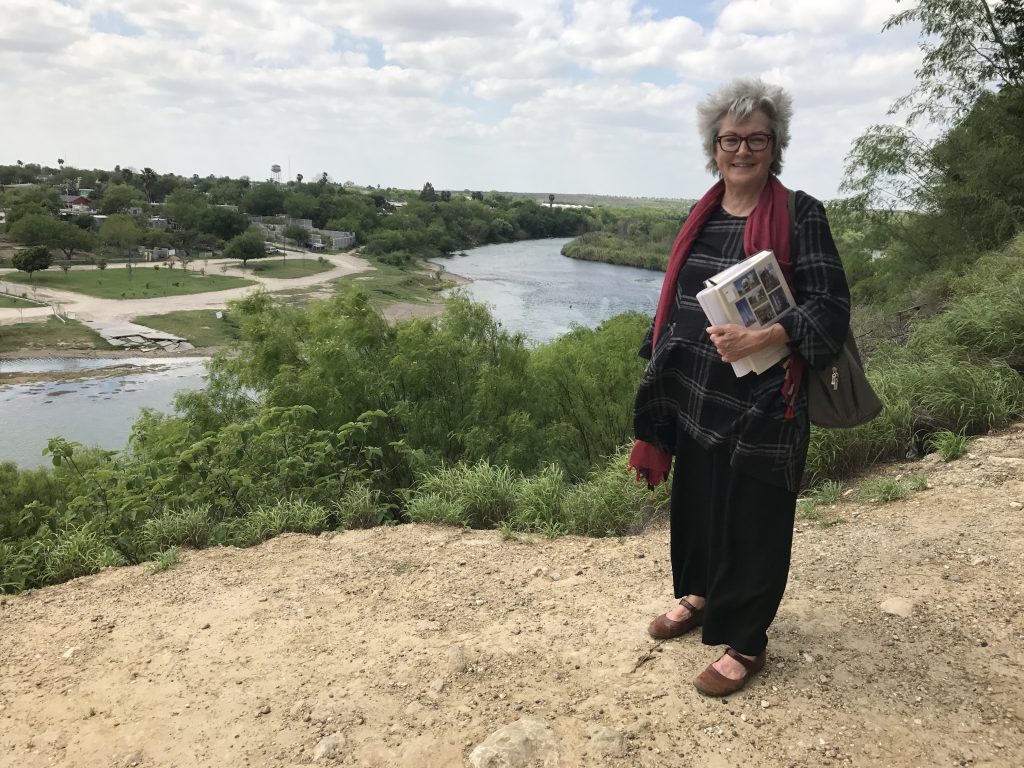

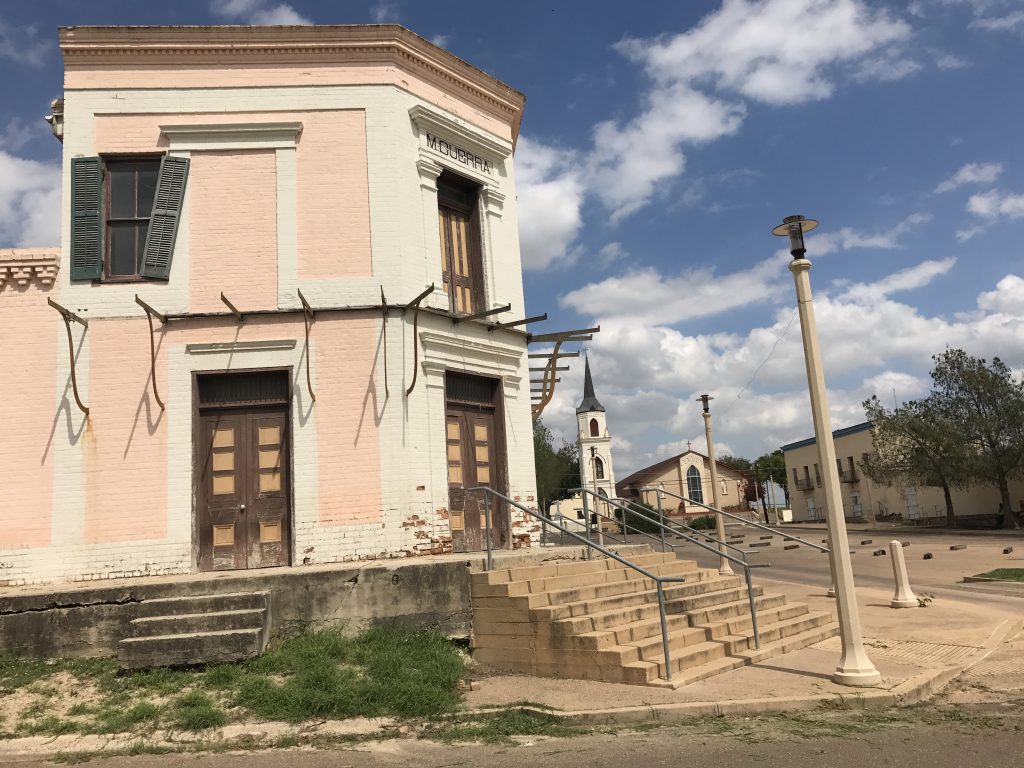
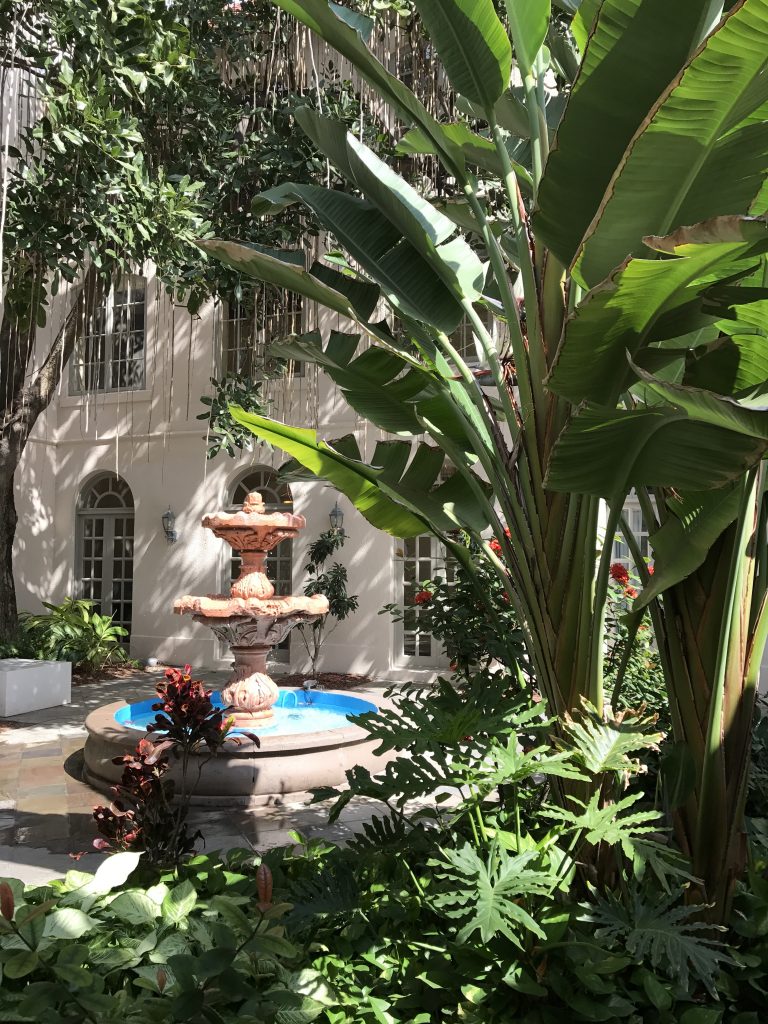






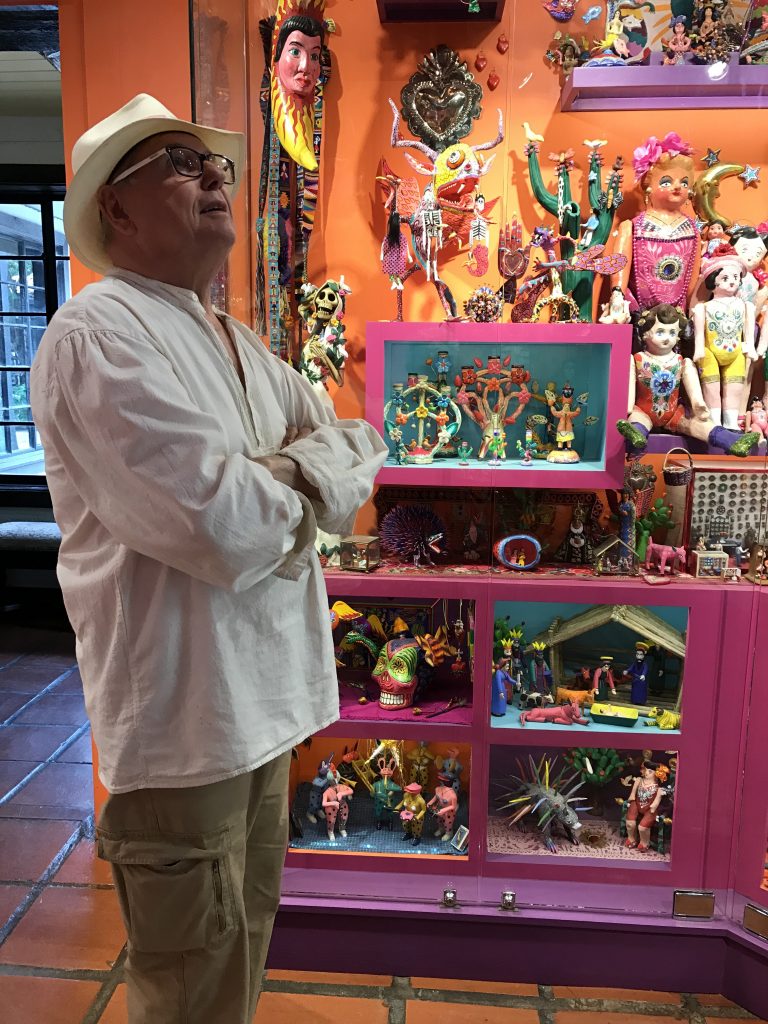
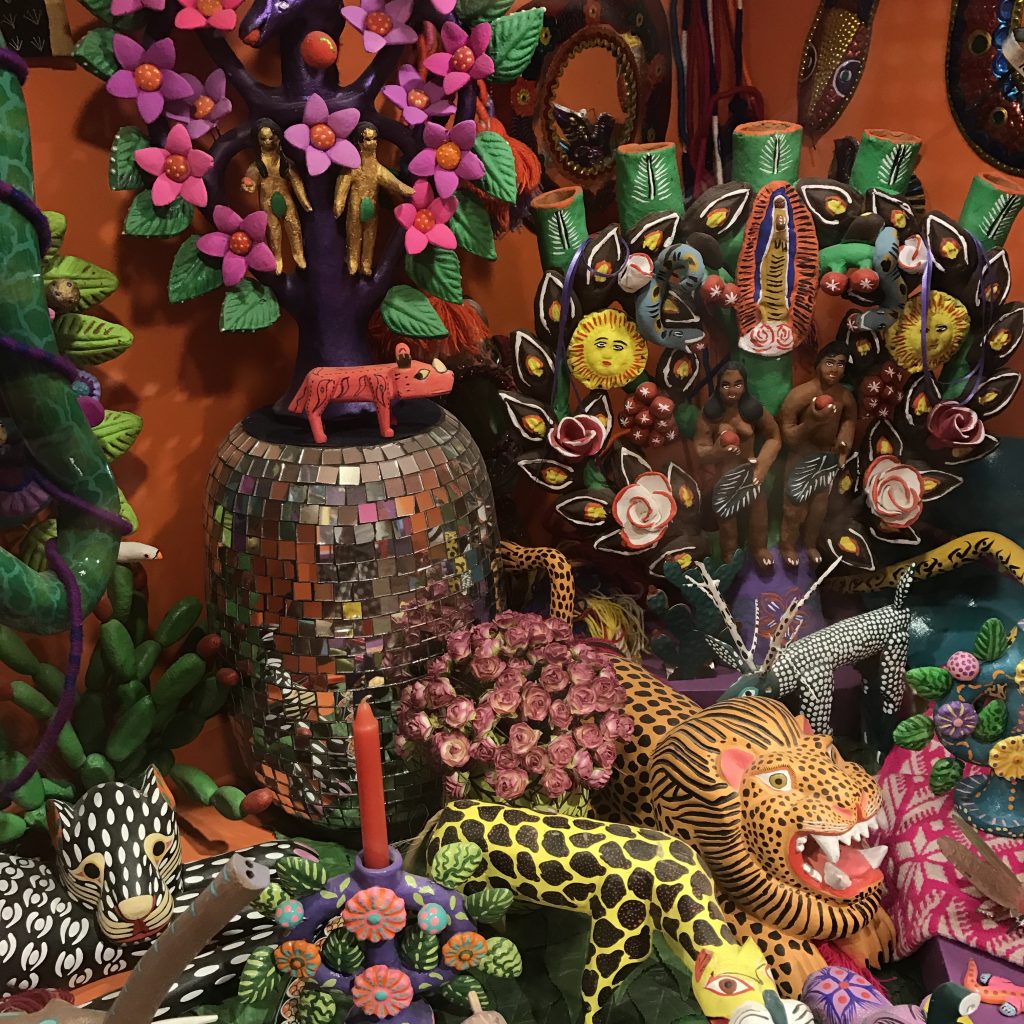
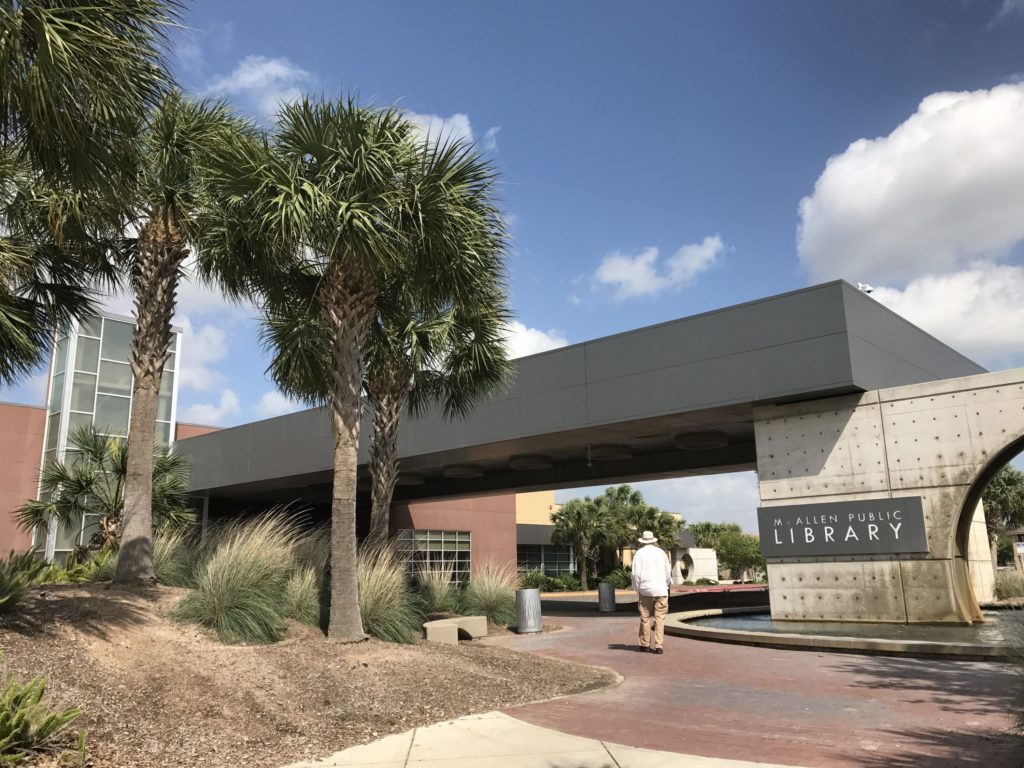



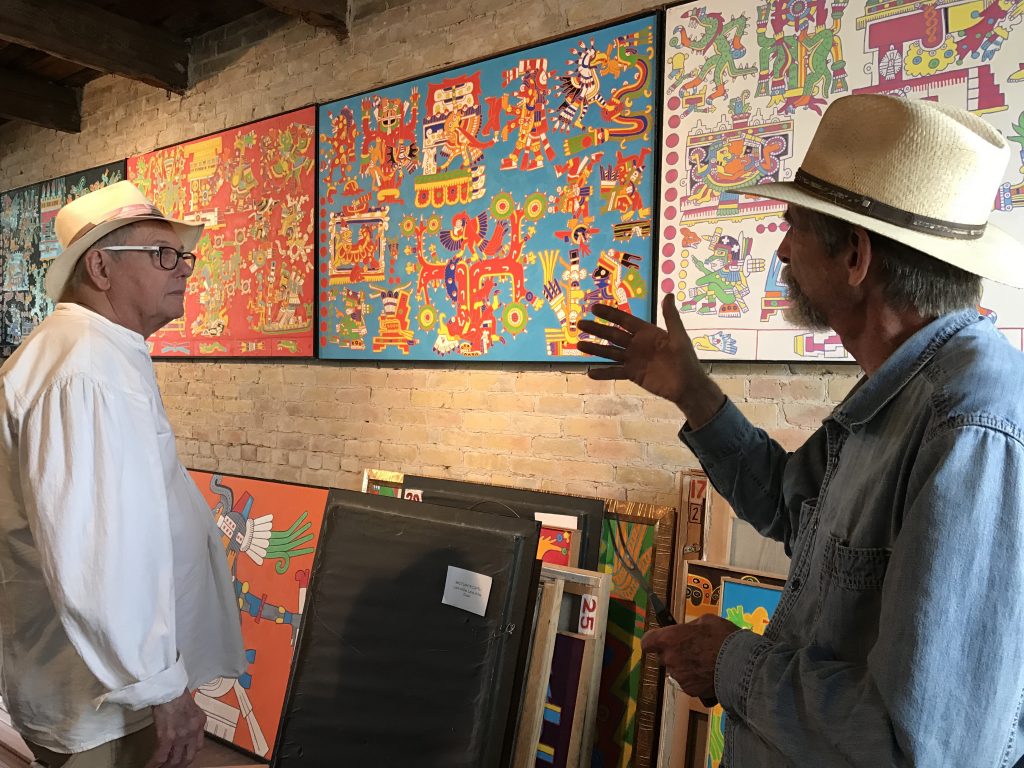
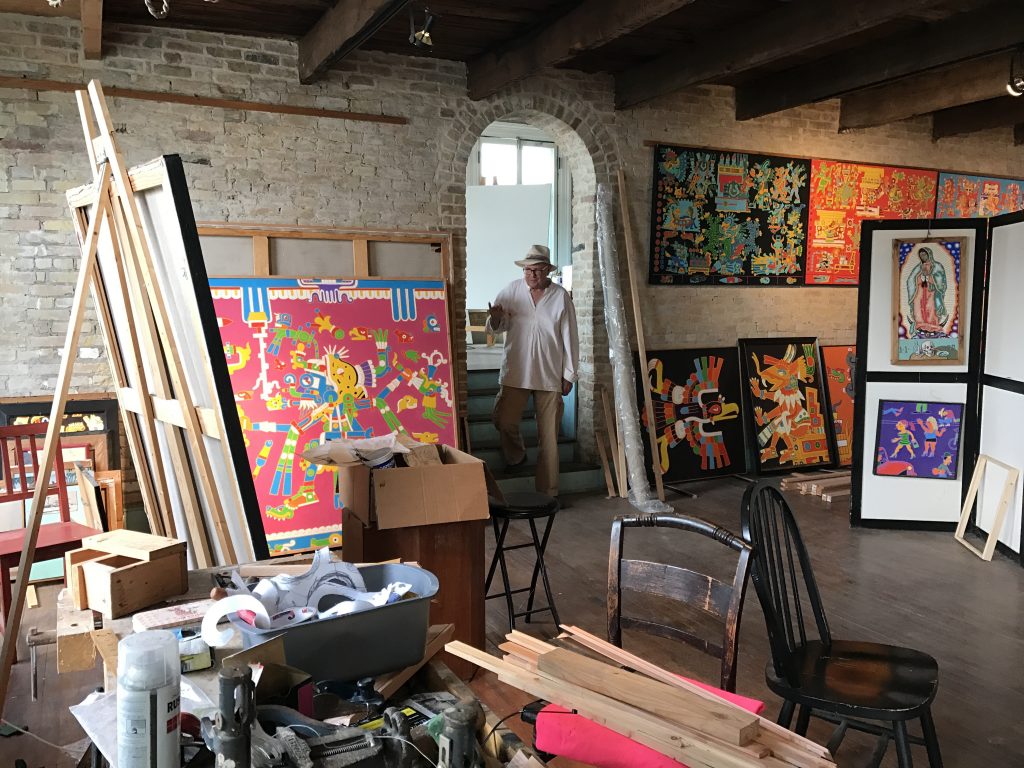




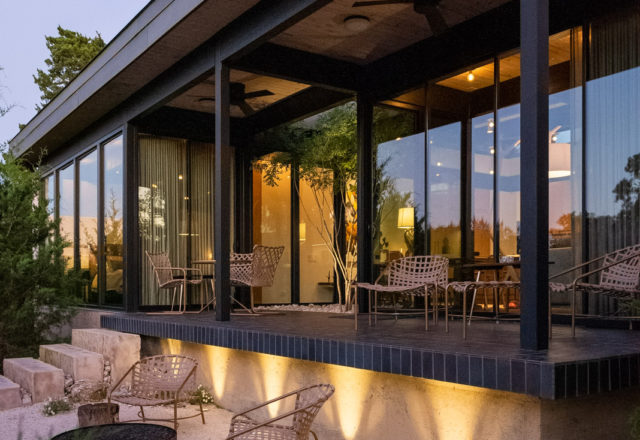


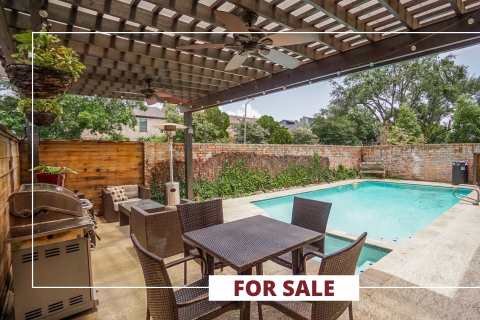







_md.jpg)



_md.jpg)



_md.jpg)
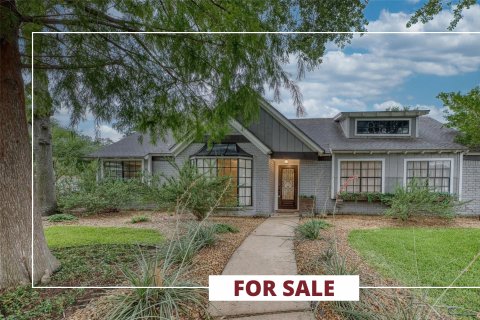







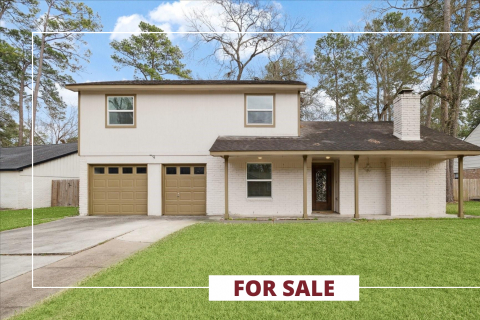



_md.jpg)
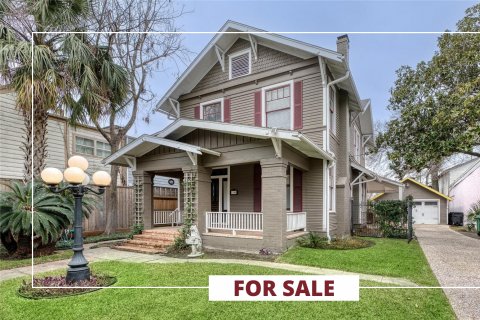


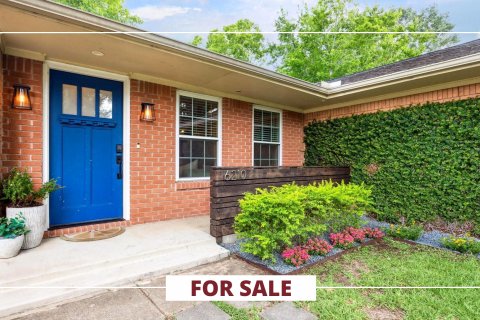
_md.jpg)

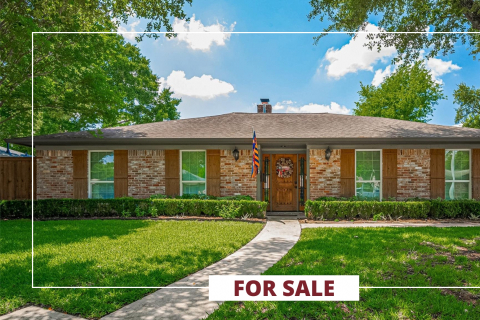
_md.jpg)


_md.jpg)

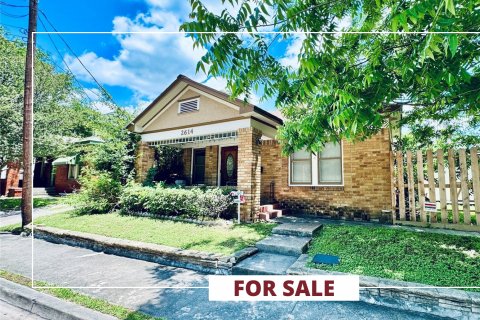


_md.jpg)

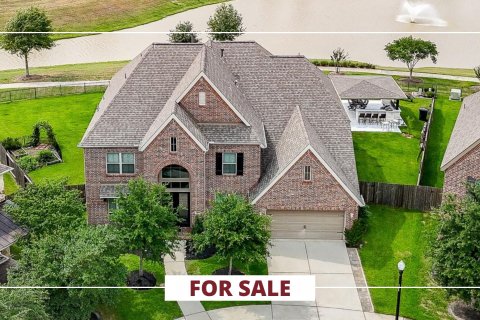
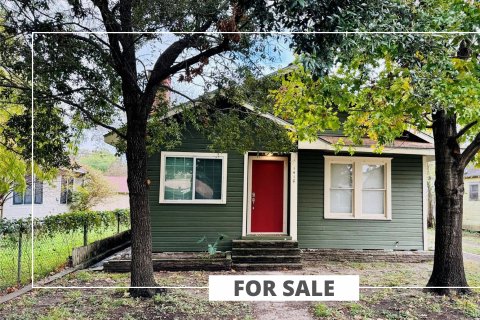
_md.jpg)


